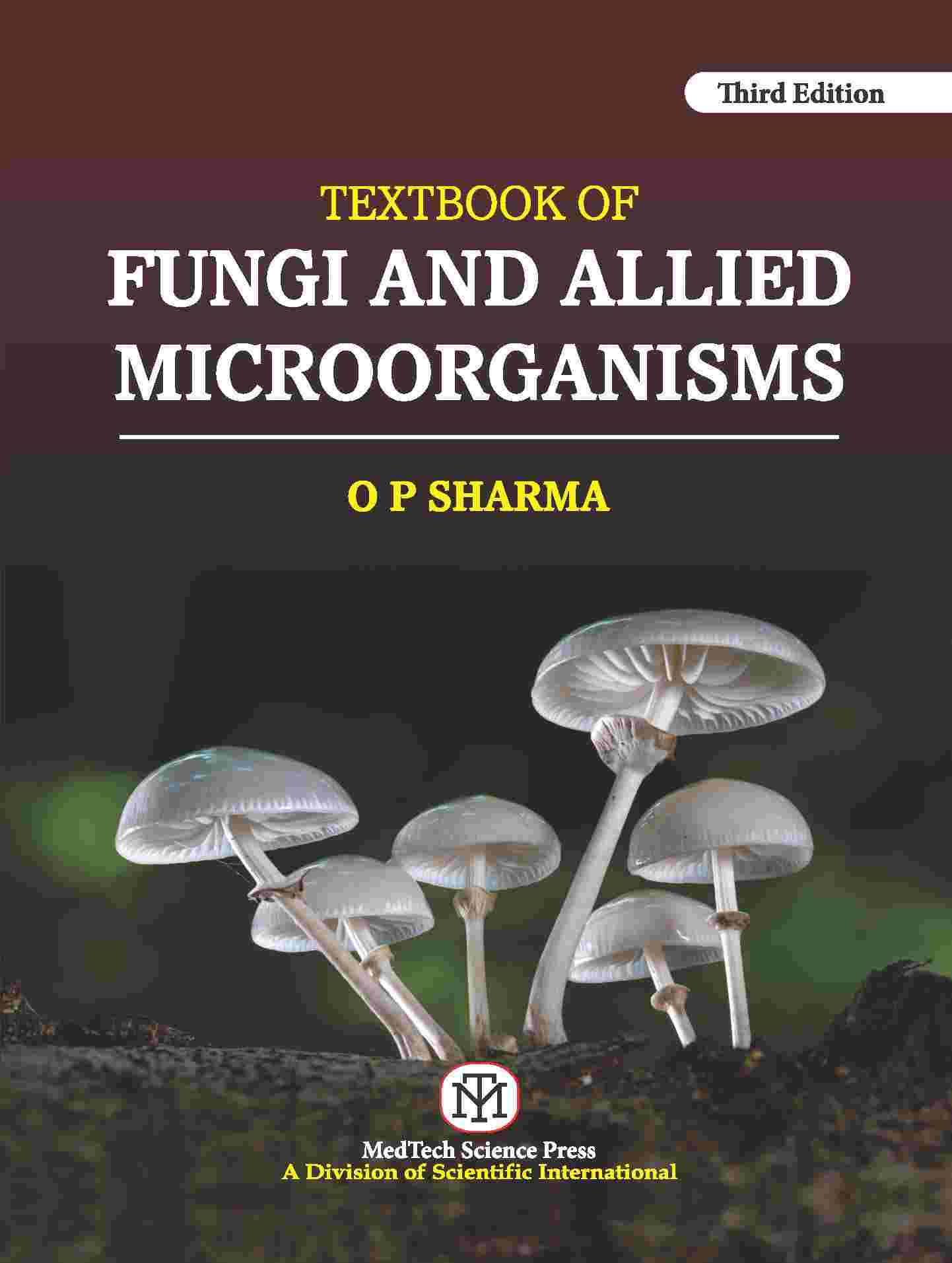Scientific International is a leading publisher of high-quality academic and scientific books across various fields. Our publications are authored by esteemed experts from India and globally, known for their academic excellence and pedagogical approaches. We publish under the MedTech imprint, a rapidly growing platform covering numerous disciplines. Our mission is to provide cutting-edge, accessible content that inspires curiosity and fosters learning, contributing to the global academic community and supporting students, professionals, and researchers worldwide.
Associated partner

TEXTBOOK OF FUNGI AND ALLIED MICROORGANISMS,3/ED
Rs. 795
| Attribute | Details |
|---|---|
| ISBN | 9789393168818 |
| Author | O.P. SHARMA |
| Subject | Life Science |
| Binding | Paperback |
| Total Pages | |
| Copyright Year | 2024 |
Note : Price subject should be change on the website.
The TEXTBOOK OF FUNGI AND ALLIED MICROBES is a comprehensive presentation that delves into all aspects of the fascinating world of fungi, bacteria and viruses in an insightful and penetrating manner. It is written in a language that is easy to comprehend, and the latest techniques and developments are presented in easily understandable manner. Salient Features: • It contains well-illustrated life-history details of 55 genera of fungi covering the UG and PG syllabi of more that 90% universities of the country. • It covers chapterwise discussion of almost all important general topics of fungi and allied microbes, usually asked in the examination. • It deals with several application-based chapters such as Single-cell Protein, and Fungi and Biotechnology. • It discusses the entire text with the help of 288 well-labelled line diagrams and more than 50 electron micrographs spared specially for this book by some top botanists of Japan, France, Denmark and Russia. • It compares different aspects of fungi, bacteria and viruses with the help of 25 Tables of comparison. • It follows classification of fungi proposed by Kirk et al (2001) and Webster and Weber (2007). • It provides chapterwise discussion of several lichens and some selected diseases of plants caused by fungi (18), bacteria (3) and viruses (4). • It includes a consolidated glossary of over 210 mycological terms. • It appends with answers of 387, short answer, chapter-end questions.





 Continue With Google
Continue With Google
 Continue With Facebook
Continue With Facebook
